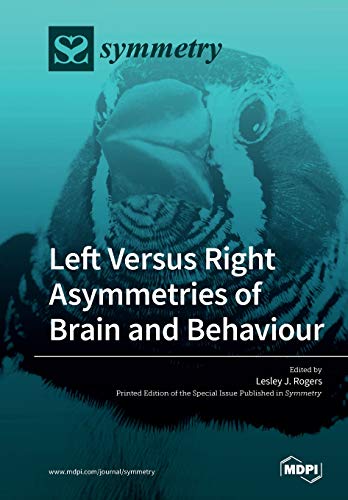

Most ebook files are in PDF format, so you can easily read them using various software such as Foxit Reader or directly on the Google Chrome browser.
Some ebook files are released by publishers in other formats such as .awz, .mobi, .epub, .fb2, etc. You may need to install specific software to read these formats on mobile/PC, such as Calibre.
Please read the tutorial at this link. https://ebooknice.com/page/post?id=faq
We offer FREE conversion to the popular formats you request; however, this may take some time. Therefore, right after payment, please email us, and we will try to provide the service as quickly as possible.
For some exceptional file formats or broken links (if any), please refrain from opening any disputes. Instead, email us first, and we will try to assist within a maximum of 6 hours.
EbookNice Team

Status:
Available4.7
5 reviewsThis book is a collection of papers written by leaders in the field of lateralized brain function and behaviour in non-human animals. The papers cover the asymmetry of brain mechanisms and behaviour in a wide range of both vertebrate and invertebrate species. Each paper focuses on one of the following topics: the link between population-level lateralization and social behaviour; the processes in the avian brain that permit one brain hemisphere to take control of behaviour; lateralized attention to predators and the common pattern of lateralization in vertebrate species; visual and auditory lateralization; influences that alter the development of lateralization—specifically, the effect of temperature on the development of lateralization in sharks; and the importance of understanding lateralization when considering both the training and welfare of dogs. Collectively, these studies address questions of why different species have asymmetry of brain and behaviour, how it develops, and how this is dealt with by these different species. The papers report on the lateralization of different types of behaviour, each going beyond merely reporting the presence of asymmetry and shedding light on its function and on the mechanisms involved in its expression.